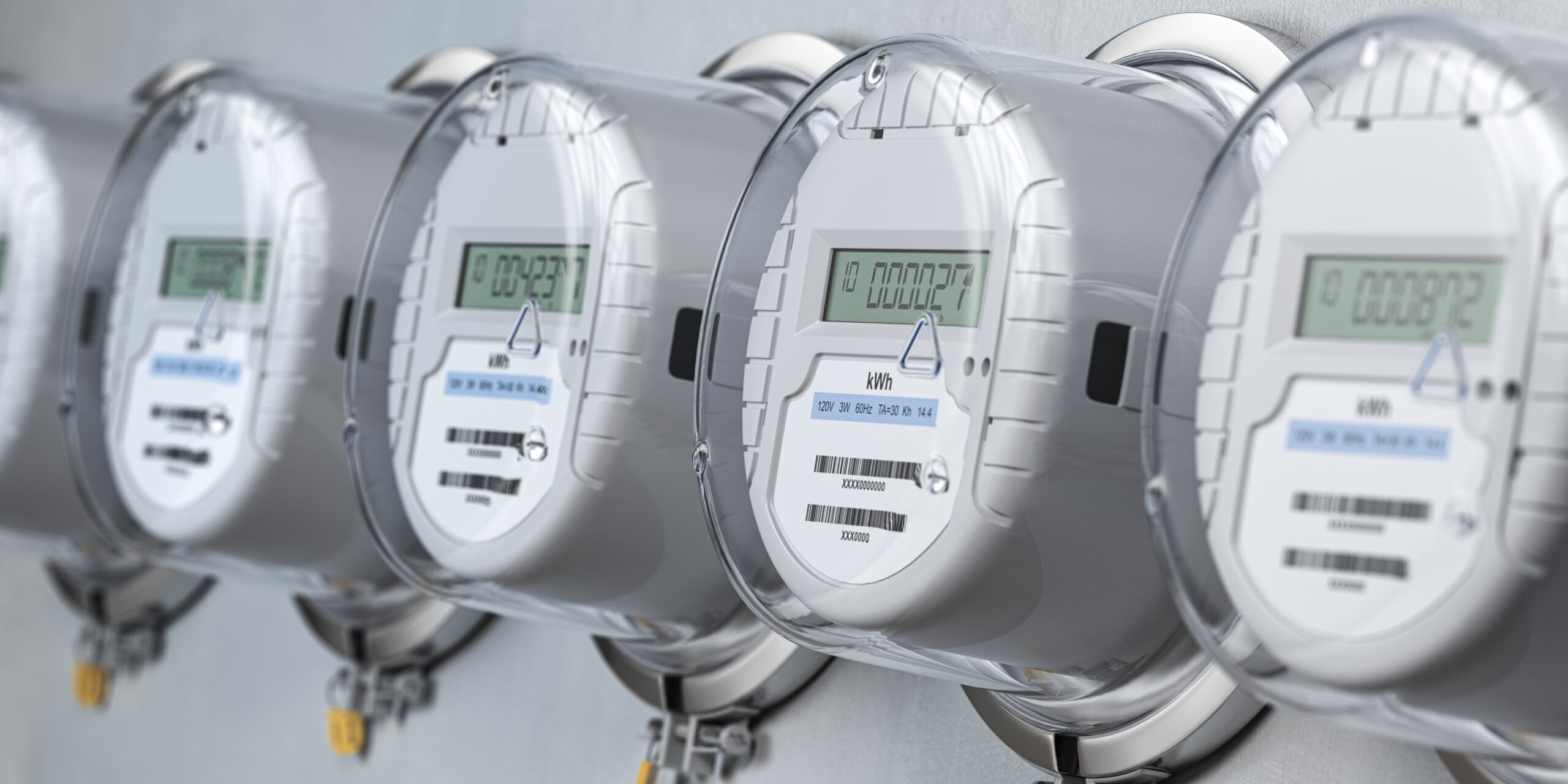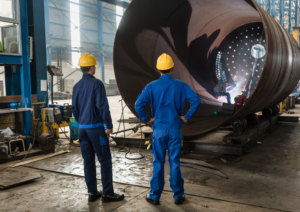As one of the most important participants in the global economy and energy portfolio, the Association of South East Asian Nations (ASEAN) was valued as the seventh-largest economy and fifth-largest investment destination in 2016. Unceasingly expanding and driven by massive industrial growth, energy demand in Asia and the Pacific is projected to increase by 200% between 2010 and 2035, reaching more than 16,169 TWh by 2035. To that end, energy efficiency has become a talking point for many as a way to curb the use of finite resources against potentially infinite energy demand.
A solution proposed by industry experts and leaders alike, energy efficiency standards and labelling (EESL) programmes, is a way to mitigate waste and unnecessary energy use. First introduced in the 1970s, energy efficiency standards and labelling programmes have become widespread worldwide in more than 80 countries. These standards and labelling programmes take on many forms across different regions but play similar roles in specifying the performance of individual appliances and their respective energy consumption. In many instances, these standards and labelling programmes also indicate whether an appliance is “energy-efficient” enough for personal/commercial use.
One example of these energy efficiency standards and labelling programmes is the Minimum Energy Performance Standards (MEPS). The label explicitly states the minimum level of energy performance that energy-consuming products must meet or exceed before they are sold or used for commercial purposes. Initially geared towards countries in the European Union (EU), MEPS has raised the bar for refrigerator energy efficiency by 34% on average from 2004 to 2014 in these regions. Closer to ASEAN shores, MEPS has also aided Singapore in raising its average refrigerator energy efficiency by more than 25% since its introduction in 2011.
The Benefits of EESL On The Economy
Aside from the evident environmental benefits of EESL programmes which map out guidelines and schemes for more efficient energy use, these programmes also encourage further benefits to the global economy. Energy efficiency and the subsequent reduction of energy needed to deliver services frees up resources for households, businesses and governments. Fiscale expenses that would have been spent on mobility, lighting, heating, and even cooling can now be redirected towards alternative uses.
On a macro and national scale, studies have also found that energy efficiency is a driving force in raising a country’s Gross Domestic Profit (GDP). In 2017, the European Commission modelled four different scenarios that examined increased targets for the EU’s 2030 energy efficiency goals. This study aimed to determine the correlation and impacts of improved energy efficiency at various levels of ambition compared to a 2007 baseline. In each model analysed, researchers found a positive change in GDP ranging from 0.1% to 2.0%, alongside improved energy efficiency.
Finally, the development and pursuit of energy efficiency can be said to create jobs in the market and provide additional sources of employment. Energy service companies (ESCOs) are contracted to provide long-term energy efficiency benefits to customers. In contrast, major utility companies contracted by policymakers to deliver energy efficiency employed as many as 1 million people globally.
Challenges And Barriers Faced
Despite all the benefits of energy efficiency and EESL programmes, there are definite challenges and barriers ahead to achieving those goals. The first problem, relative to infrastructure, is the deterioration of energy security. Complex strife and insufficient safeguards affect countries’ efforts to secure their energy requirements in an environmentally sustainable manner. This issue also plagues ASEAN members, as fossil fuels dominate the market.
The next challenge facing ASEAN countries lies in environmental pollution and worsening air quality. Of the world’s cities with the worst pollution measured in 2020 by Swiss air quality technology company IQAir, the top 148 cities were all in the Asia-Pacific region. High-emitting sectors such as power, transport, and construction have been the main offenders of this environmental plague. The agriculture industry is also a significant contributor to declining air quality, especially in countries like Indonesia, which emits massive pollution from fires lit to clear land and make way for plantations. That’s not to say that companies in Indonesia are failing to do their part. Gunung Capital, an asset management firm tied to Indonesia’s leading steel conglomerate Gunung Steel Group, is focused on impact investments guided by environmental, social, and governance (ESG) principles. Seeking to decarbonise its existing operations, the steel giant is conducting net zero studies to minimise its environmental impact due to business operations.
The final obstacle that ASEAN must overcome to achieve energy efficiency via EESL programmes is economic hardships in energy investment are a threat that ASEAN countries must work together to overcome. The repercussions of Russia’s unprovoked invasion of Ukraine led to far-reaching impacts on the global energy system. Demand and supply are thrown out of balance, pushing the prices for many consumers and businesses struggling to survive after the COVID-19 pandemic. These rises in living costs ultimately threaten to hamper the advance of efficient energy investments, as asset managers and investors alike seek to hold onto their capital to brace against the coming tide.
Feasibility And Effectiveness of EESL In ASEAN
Harmonisation of EESL programmes begins with bilateral cooperation and a cooperation strategy for all stakeholders; in successfully achieving regulated EESL programmes, the ASEAN region, as a whole, benefits massively towards the future of clean and renewable energy.





